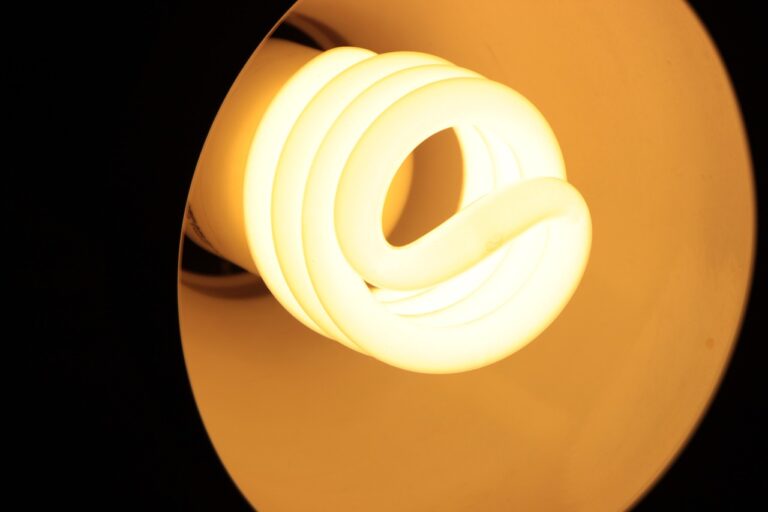To achieve the ambitious environmental sustainability plans that countries around the world has set itself, energy efficiency is the first goal. As the principle ‘Energy Efficiency First’ states, this is indeed the most effective and most economical strategy for reducing consumption and making good use of resources. But this cannot happen without technological innovation.
Research and innovation are indeed the basis for improving energy efficiency. And today there are technologies that can better manage energy, avoiding waste.
Table of Contents
The new technology that improve energy efficiency
Here are the five main technologies that improve energy efficiency:
1. Artificial Intelligence and Internet of Things
Networking objects and devices makes it possible to collect data, monitor connected machines through sensors and manage them remotely. Once the data are collected, it can be processed and modelled by software based on artificial intelligence. They can carry out energy diagnoses and reduce costs. This type of technology also makes it possible to detect plant malfunctions in advance, preventing energy waste.
The IoT makes it possible to transform homes into smart homes. But even in the industrial sphere, these applications can make a difference, planning business activities according to the best energy-saving conditions.
2. Blockchain
Blockchain is useful in achieving energy efficiency because it creates mechanisms for exchanging information in a transparent and guaranteed way.
In fact, this technology can be used as an energy exchange platform between consumer and producer through the stipulation of ‘smart contracts’. This allow data on electricity consumption, production, storage and sharing to be recorded in a distributed database, storing all information on electricity exchanges within a community or consumer group.
The transformation of electricity grids into ‘smart grids’ would also result in the possibility of quantifying the demand for energy in an area in advance. With the advantage for consumers to also purchase energy packages in a customised manner.
3. LED lighting
This is a much more advanced technology than the traditional incandescent bulb, thanks to the amount of light it can produce and the energy savings this solution guarantees. The estimate is around 60-70% less energy consumed.
This efficiency is also due to the fact that only a small part of the energy absorbed by the device is converted into heat. This reduces costs, together with the low maintenance requirements and the long average lifetime of the devices.
In addition, LED lighting devices are often equipped with the necessary technology for remote control and programming, blending well with other energy-efficient technologies. In addition, they contain no particularly polluting substances for disposal.
4. Inverters
The inverter is a device that has revolutionised the energy efficiency of industrial machinery and household appliances. It is capable of converting direct current into alternating current. In practice, it provides the motor with an alternating current supply with variable voltage and frequency as required.
Installing industrial inverters for a company means adjusting the power of machinery as needed, minimising any energy wastage. The same applies to household appliances in our homes. Not only that, inverters also improve the performance of machinery, reducing wear and tear on components.
5. Cogeneration and trigeneration
Cogeneration plants make it possible to generate electricity and heat at the same time, recovering the heat produced and dispersed during the electricity generation process and using it to cover heating needs.
Trigeneration is a particular cogeneration system that, in addition to generating electricity and heat for heating, uses some of the waste heat to create cooling energy for cooling.
These solutions are particularly suitable for companies that need electricity, thermal energy and cooling energy for the proper functioning of industrial processes. With a considerable advantage in terms of environmental and economic sustainability.
Read also: Who is the Sustainability Manager, a new figure for the green transition: tasks, skills and salary












